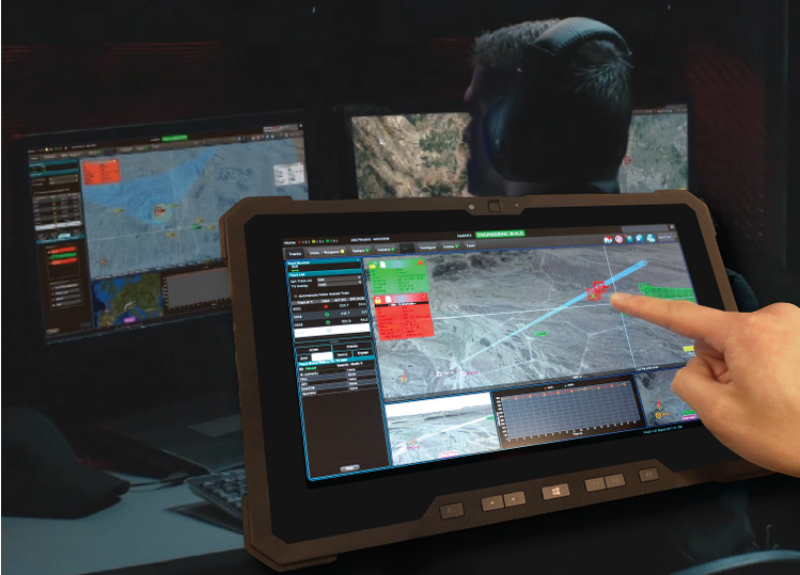Pierce Aerospace announced that it successfully integrated Flight Portal ID, an ASTM F3411-19 compliant Remote ID / Combat ID technology suite, into multiple Command and Control systems for Counter UAS (C-UAS) operations, including initial integration steps with the U.S. Army’s Forward Area Air Defense (FAAD C2) during the US Army’s Defense in Depth Experiment (DiDEX), held in downtown New Orleans, LA in November.
FAAD C2 was selected by the US Army Joint Counter Small-Unmanned Aircraft Systems Office (JCO) as the C2 of choice for C-UAS work in July 2020.
The Technical Support and Operational Analysis (TSOA) DiDEX 20 event is designed to accelerate the development of technologies that will enable the Warfighter to be more effective, efficient, and lethal when countering small unmanned aerial system (sUAS) threats.
DiDEX 20 improves operational security, force protection, and survivability. The TSOA team identifies potential vulnerabilities in emerging technologies, including performance degradation in contested environments, interoperability, adaptability, and training/ease of use through live experiment venues. The TSOA DiDEX 20 focused on challenges presented by (1) detecting, tracking, and defeating sUAS in an actual urban environment and (2) integrating counter-UAS (c-UAS) systems into a single common operating picture (COP).
“We are appreciative of the DiDEX Team in enabling us to have the opportunity to integrate Flight Portal ID into FAAD C2. We provided detection, tracking, and positive-identification of Remote ID equipped UAS in various scenarios throughout the week in the dense low-level airspace in downtown New Orleans. This integration enabled us to pass positive-ID to multiple users across various systems and devices at DiDEX. That integration provided situational awareness across a common operating picture from aircraft equipped with Flight Portal ID.”
Aaron Pierce, CEO Pierce Aerospace.TSOA events provide an opportunity for technology developers to interact with operational personnel and determine how their efforts might support military capability gaps and high priority mission deficiencies. The environment facilitates a collaborative working relationship between academia, government, and industry. It supports the identification, assessment, and dissemination of emerging and mature technology information and the acceleration of delivering those capabilities to the Warfighters and those they support.Pierce continues,
“Our mission is to provide Flight Portal ID to identify civil UAS for commercial use cases and identify blue UAS for defense use cases. The direct user feedback from the complex scenarios in a challenging environment during the DiDEX experiments are invaluable to our development in preparing this critical airspace technology for integration in complementary commercial and defense technologies, like UTM and C-UAS systems.”
Source: Press Release

